Turbo Overkill spins chainsaw-leg circles around big-brand shooters by honouring contemporary genre roots with a satisfying splicing of modern synergy.
Turbo Overkill review
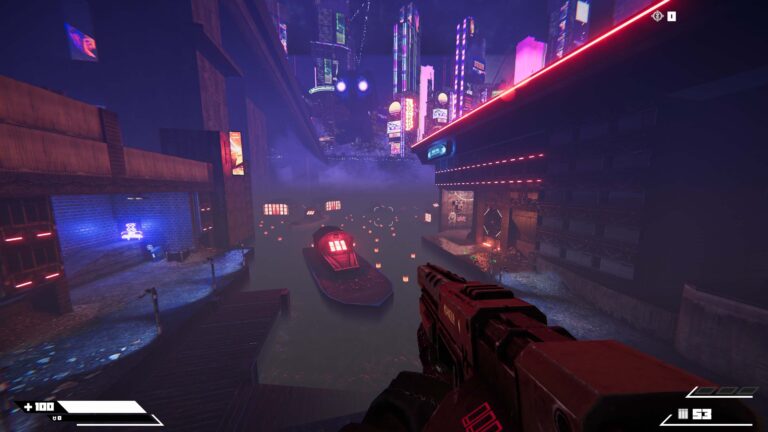
In 2016, Id Software experimented with splicing old-school shooter thrills with contemporary game design. And in 2020, Id nailed the sinful synergy with Doom Eternal. Fast-forward to more recent times and that mix of old and new in the shooter space is leading to some killer titles, including Turbo Overkill. And in a year of hit-or-miss titles, it’s a breath of fresh air.
While it’s a weird thing to complain about, reviewing games isn’t always fun. This year has been a mix of highs and lows for me. Dead Space and Star Wars Jedi: Survivor were absolute highlights. Everspace 2, Resident Evil 4 (remake) and Aliens: Dark Descent were decent (albeit with their own respective frustrations). Meanwhile, I went into Trepang2 and System Shock (remake) with high expectations but left disappointed.
That sidebar is there to underscore that Turbo Overkill is the most fun I’ve had this year. You play as Johnny Turbo. He’s more machine than man, twisted and brandishing a chainsaw for a leg. No, really. Outside of immediately setting the over-the-top tone for Turbo Overkill, Johnny’s chainsaw leg leads beautifully into the most brutal slide attack that gaming has ever seen.
As a gamer who earned his shooter chops on the likes of Quake III Arena, the more I dominated Turbo Overkill’s kill spaces as if they were an arena shooter from around the 2000s, the more fun I had. Sliding is one part of the movement arsenal. There’s also a double jump—which can be upgraded to a triple jump—plus wall running, jump pads and a double dash.

On one robotic hand, most basic enemies don’t stand a chance against a player who’s spending most of their time hurtling around the arena. On the other, it’s so much fun to play with your prey like a gun-strapped magpie, swooping in on targets below. Turbo Overkill wears its biggest influences on its sleeve, which is why it’s easy to spot and appreciate massive nods towards RoboCop, Terminator and Aliens as well as games like Doom Eternal, Unreal Tournament. It helps that Turbo Overkill has the kind of epic arsenal that hasn’t been this epic since the days of Turok or Ratchet and Clank in their respective primes.
But the nod I appreciated most was to Tony Hawk. The first of three episodes—each broken down into around eight missions—had a couple of areas that were very much set up like skate bowls. Shifting between sprint, jump and dash to build momentum for slide isn’t just a recipe for Tribes-like movement fluidity, it becomes a skateboard ballet of bloody action. Combat spaces became self-imposed challenges for how much fun I could have in stacking imagined score multipliers with creative enemy takedowns.
The more bodies you drop (or mince), the more cash you earn. Cash is used to buy weapon upgrades and various upgrades. And the best bit is there are tough choices for most of the game here because a lot of these upgrades are fantastic. For the majority of the first two episodes, it feels like you’re always unlocking something new, whether it’s a new weapon or ability. The final episode is about living out the power fantasy of upgraded weapons and swapping in/out the best body augmentations.
Admittedly, there are some sections that drag: one particularly painful flying-car mission in the first episode and sporadically repeated tasks throughout. But the truth is you become painfully aware of those odd instances of bad pacing because most of the game plays out at a fantastic pace. Some of the boss encounters are infinitely better than others—particularly one that gets played out multiple times in the third episode—but none of that stopped me from soaking up the constant thrills of Turbo Overkill.
Whenever I died, it was always an instant-reload scenario. And getting to the end of a mission typically meant I was hungry to play one more. Then another. Wait—what’s that?—I’ve knocked over an entire episode when I only intended on playing a couple of missions. The thing is, there’s a lot of fun to be had in savouring this game and having quick high-adrenaline bursts, playing it a mission at a time rather than knocking over entire episodes.
But as someone who blitzed through the last two episodes in a couple of sittings, there’s also a hell of a lot of fun to be found in bingeing Turbo Overkill. I’m not sure what the price will settle on when Turbo Overkill slides out of early access and hits 1.0. But short of a massive price jump from its $28.95 asking fee, you get about a dozen hours of campaign on a straight run, which doesn’t include finding tucked-away items of interest, unlocking secret levels and an endless mode. That’s a killer price to pay for what’s shaping up to be the no-contest best shooter of 2023.
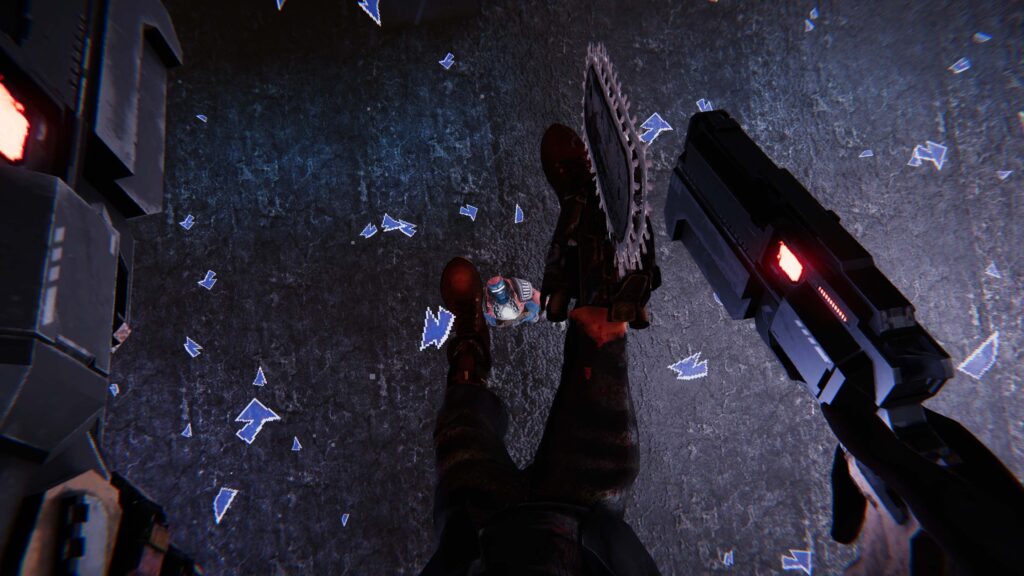
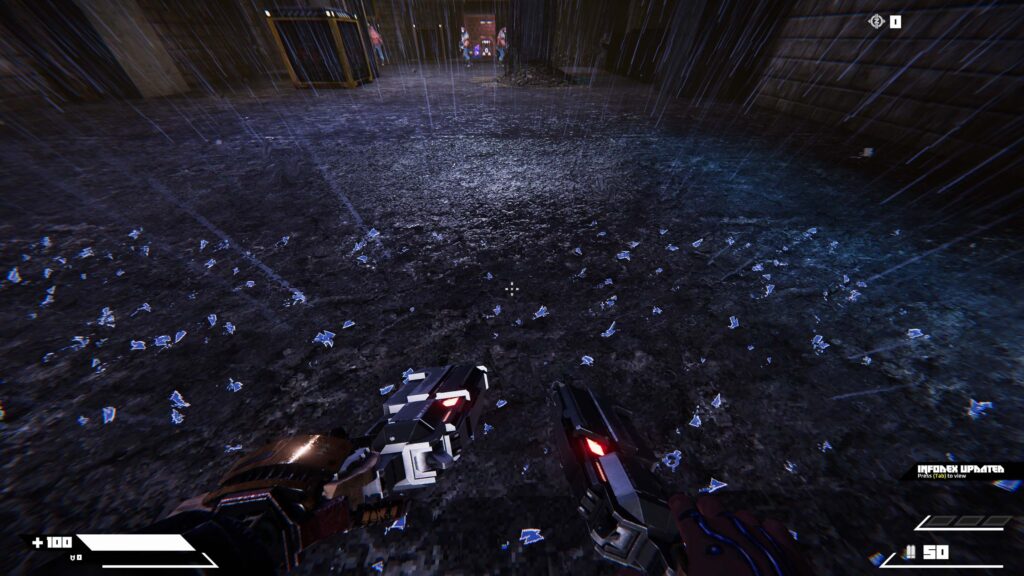
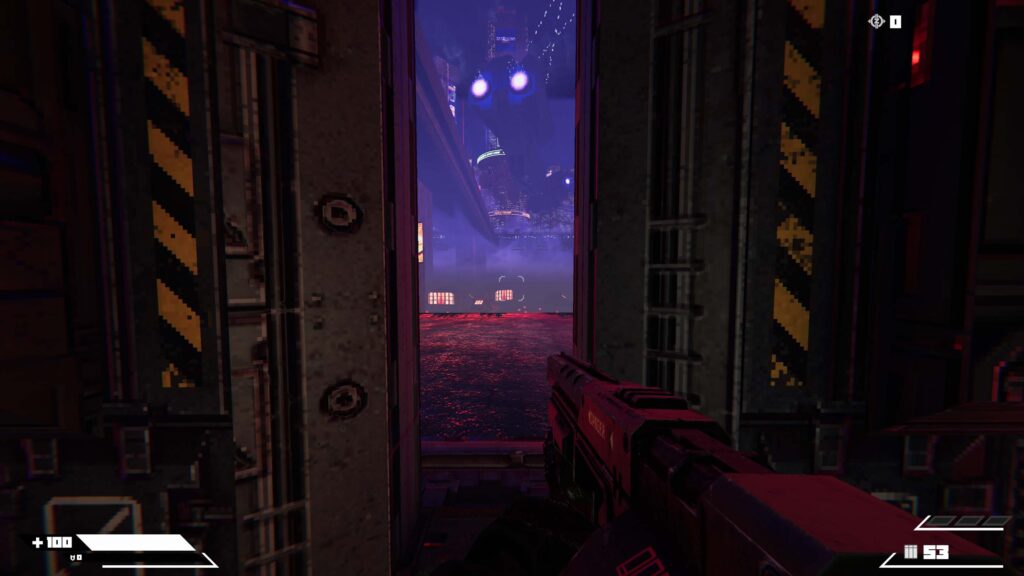
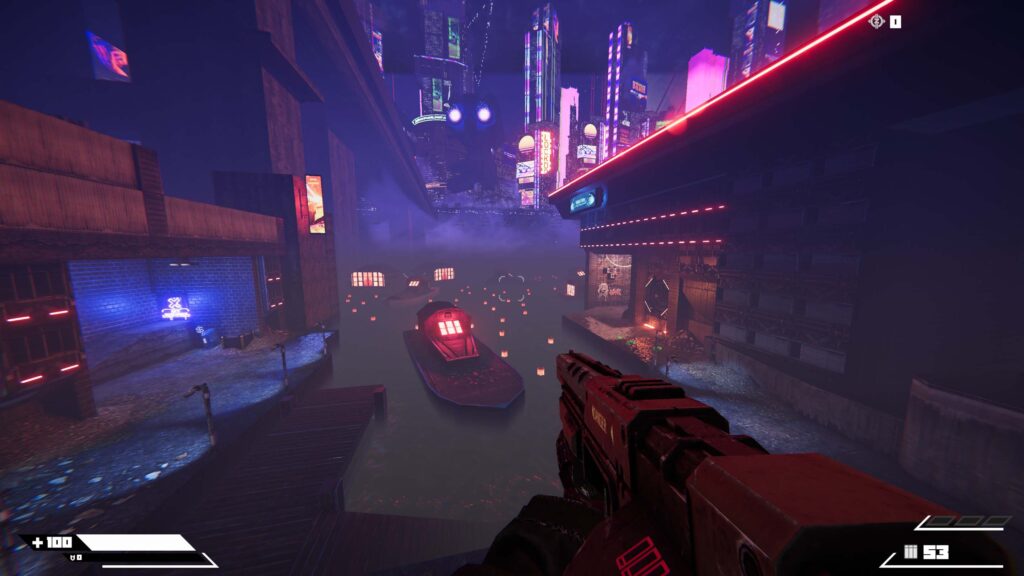
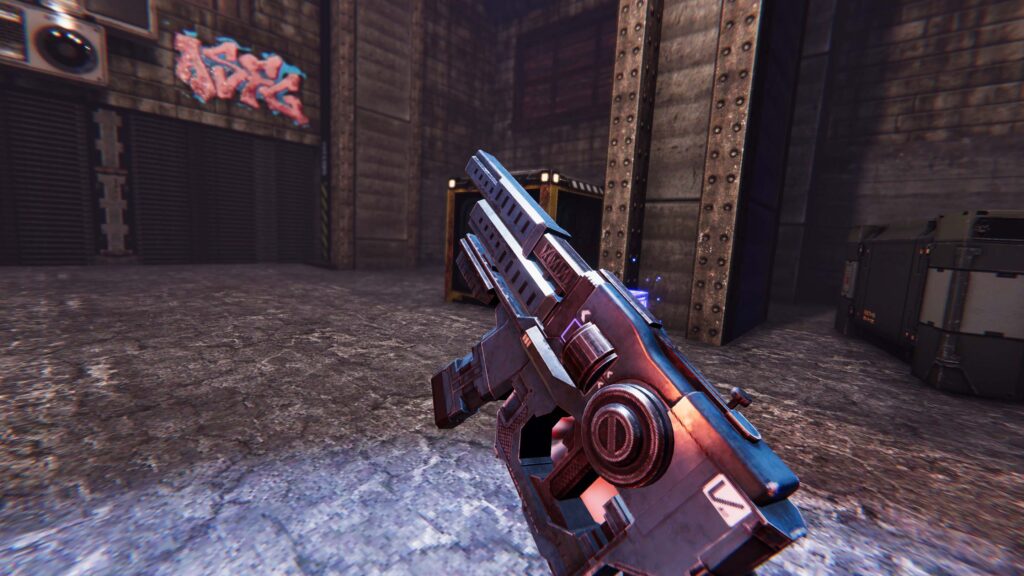
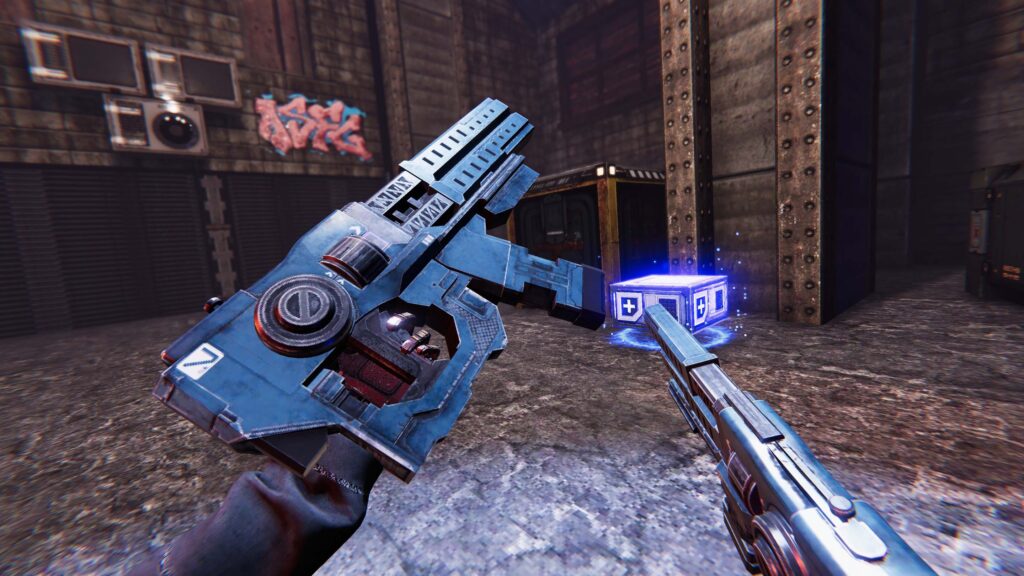
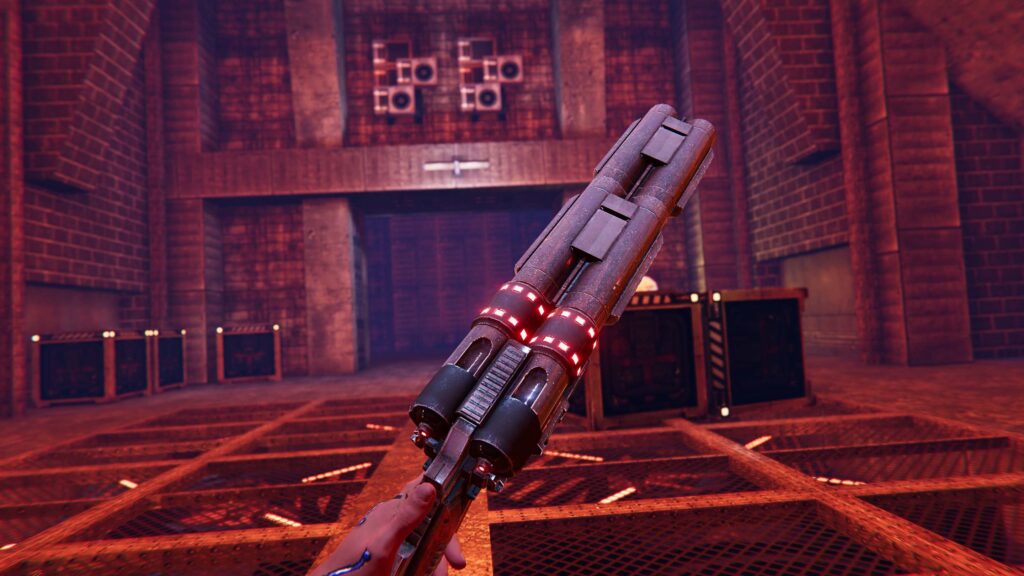
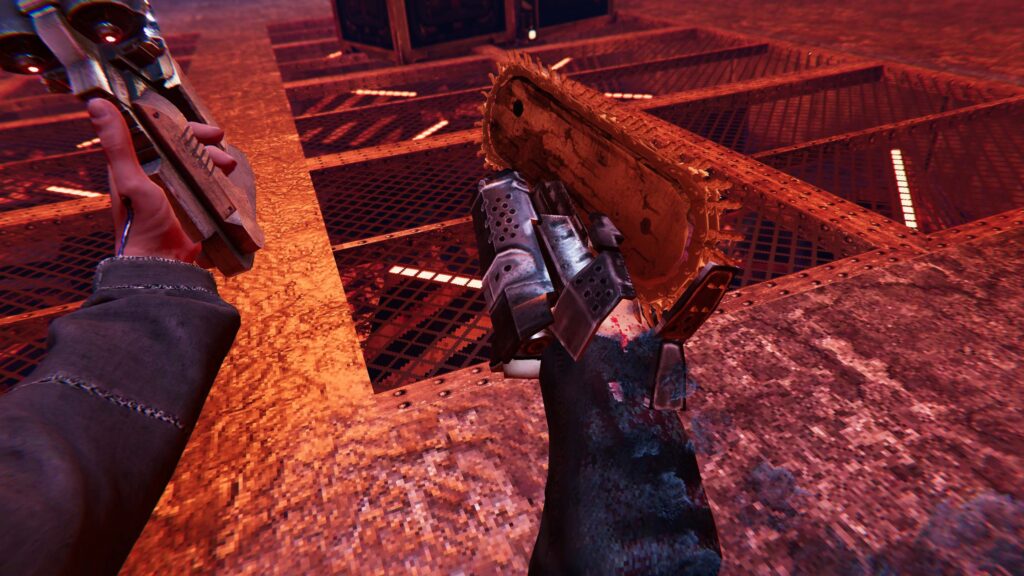
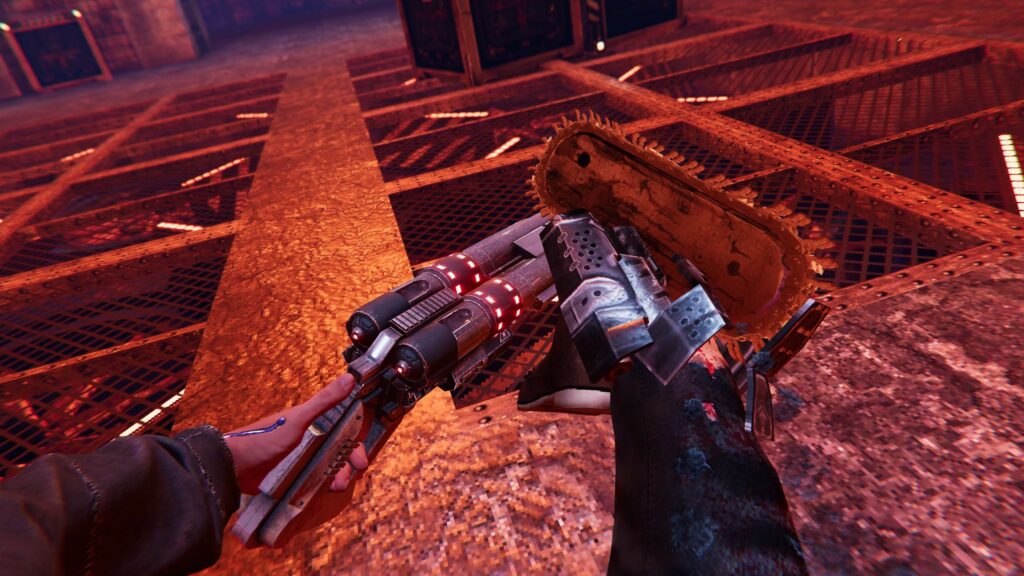
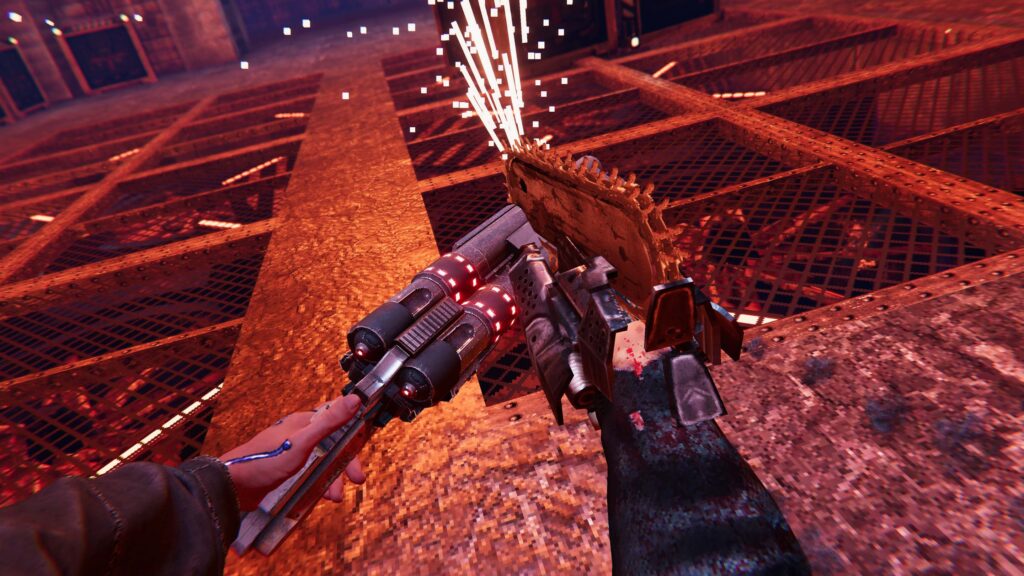
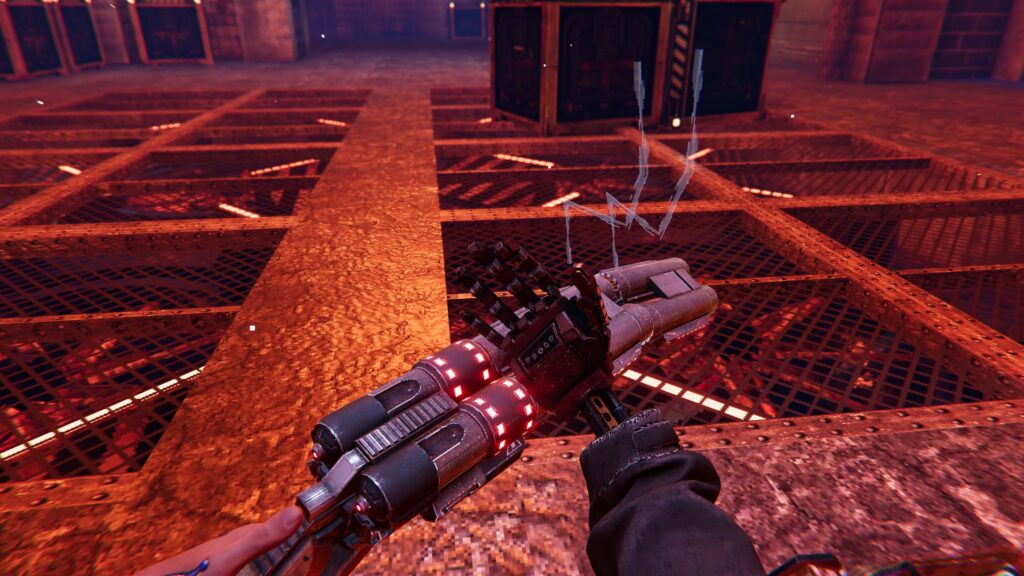
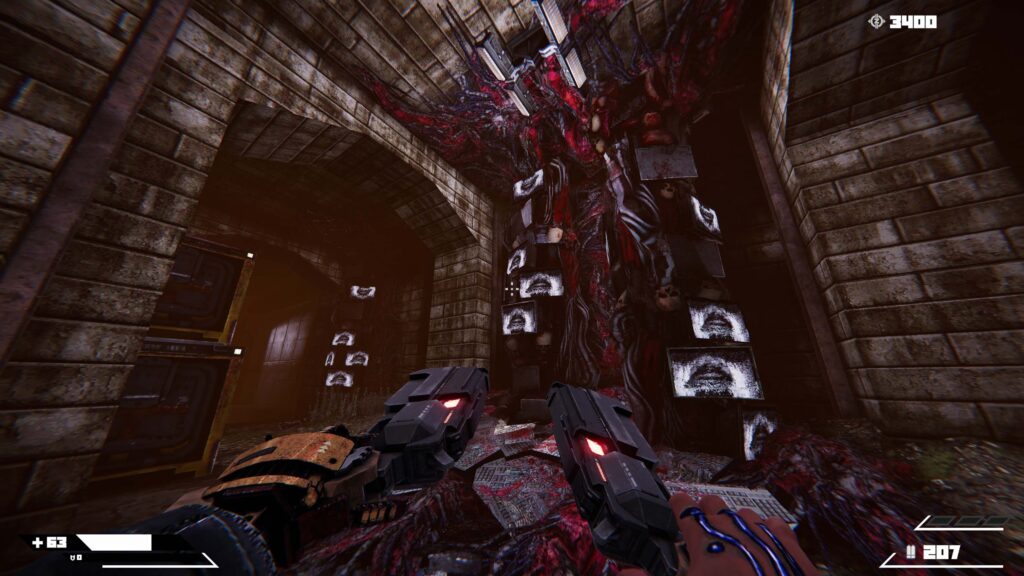
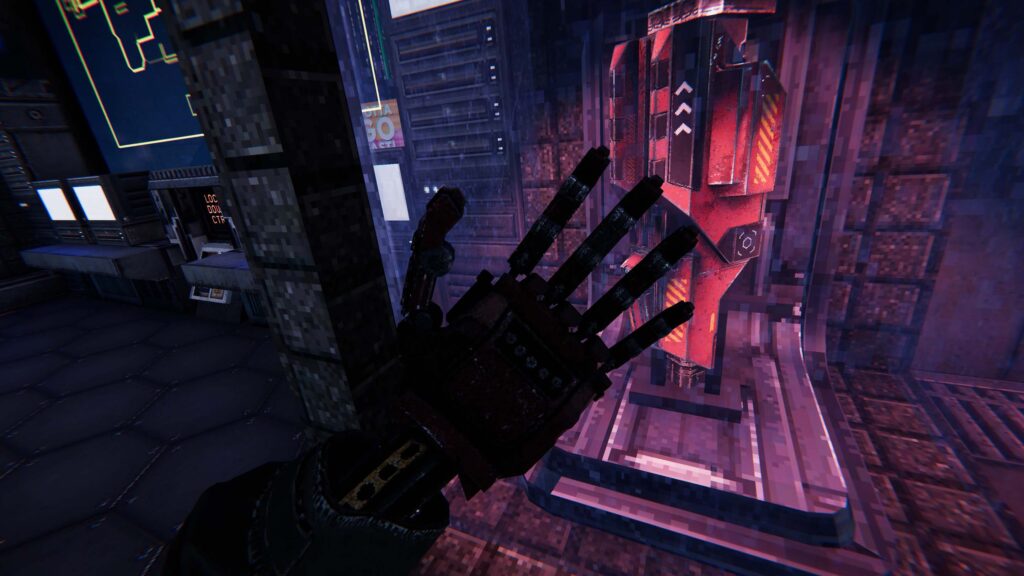
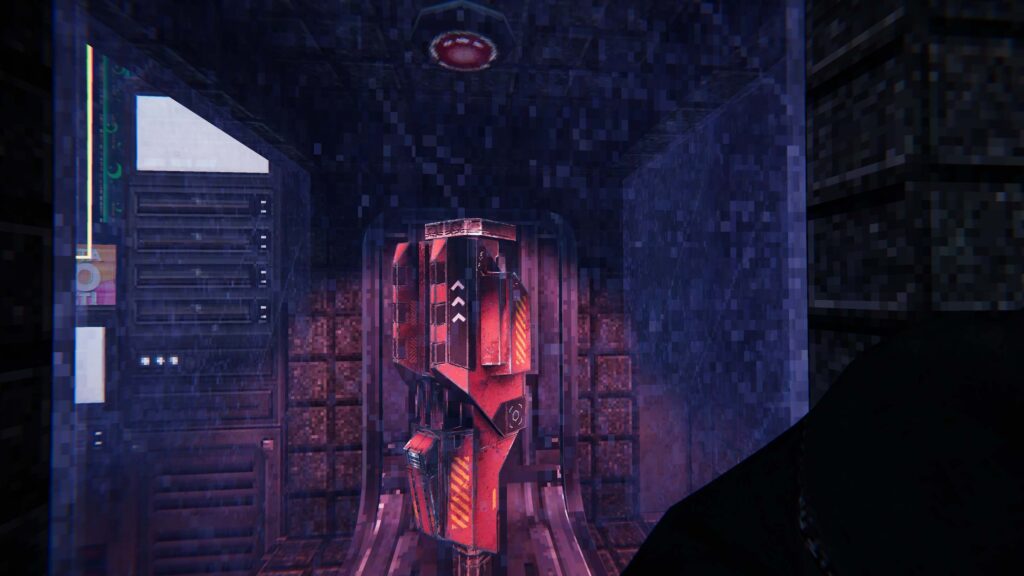
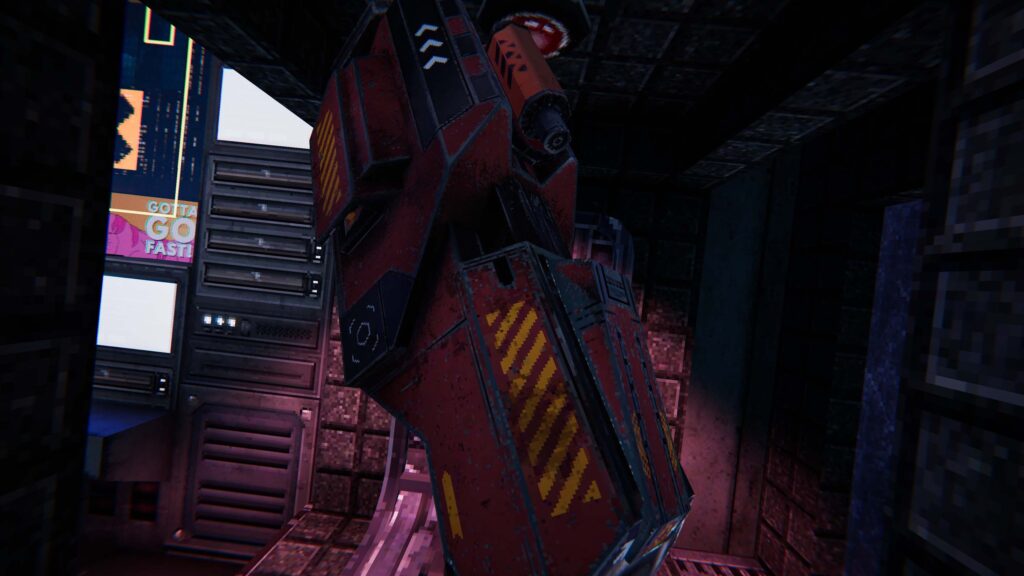
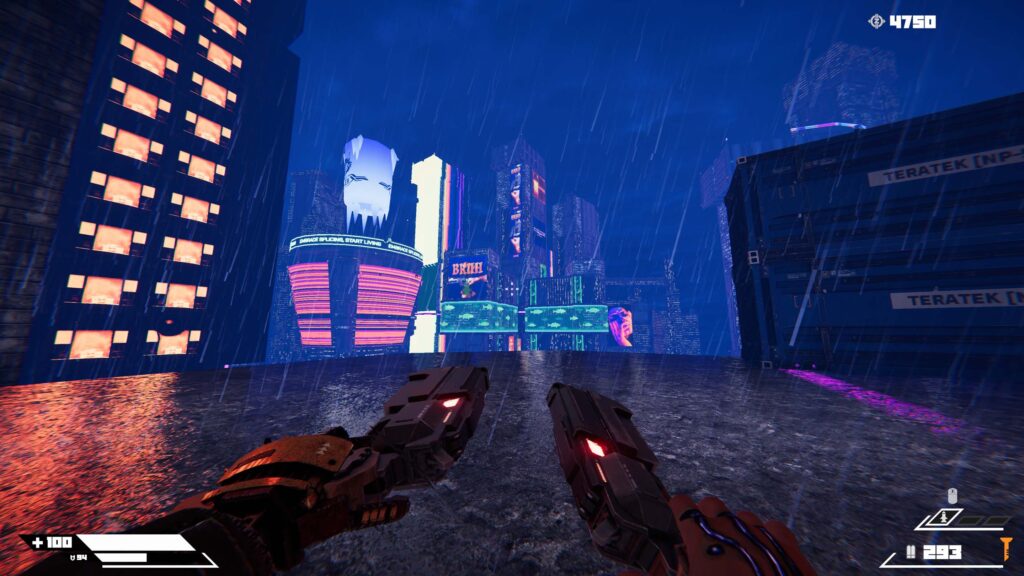
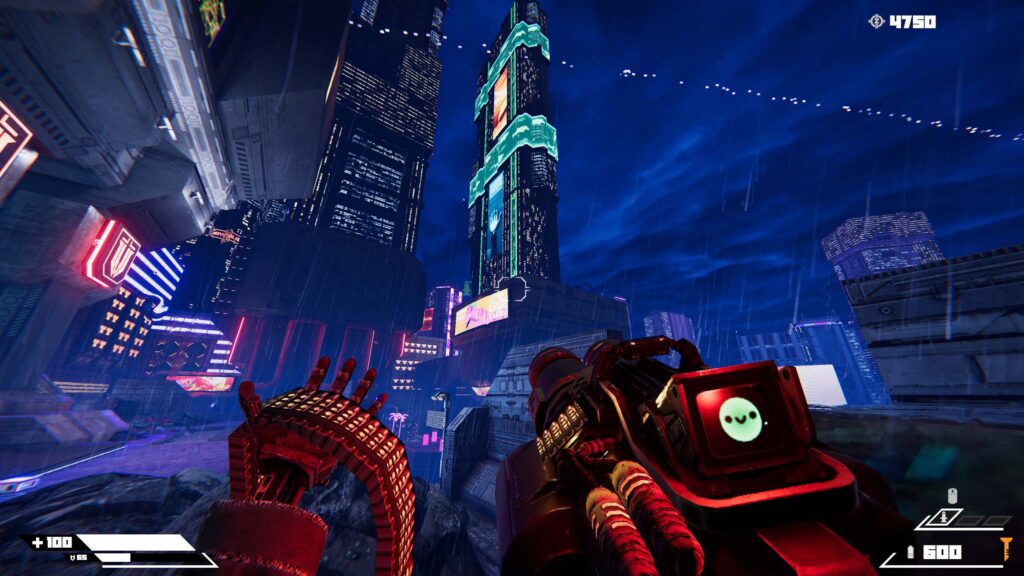
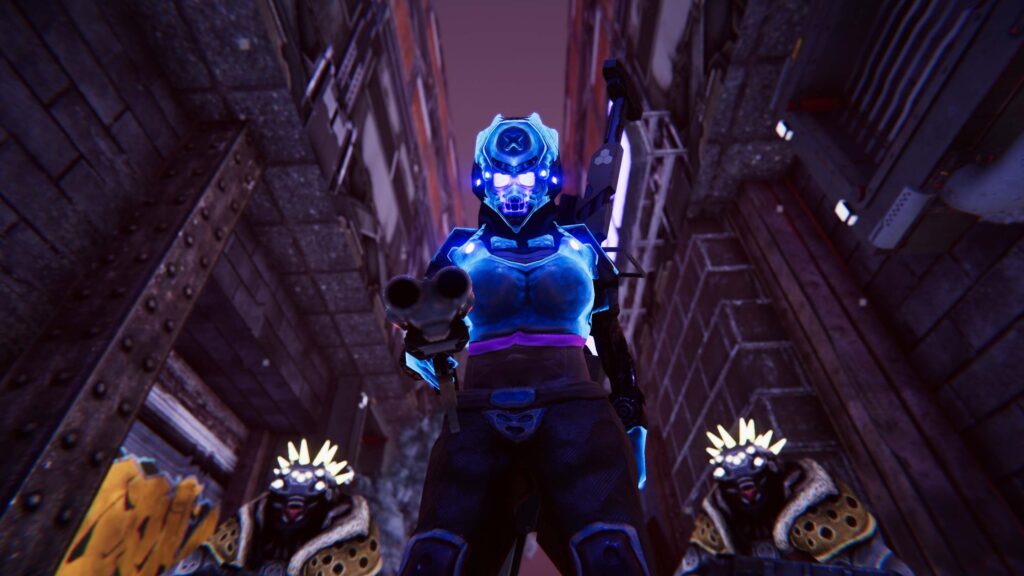

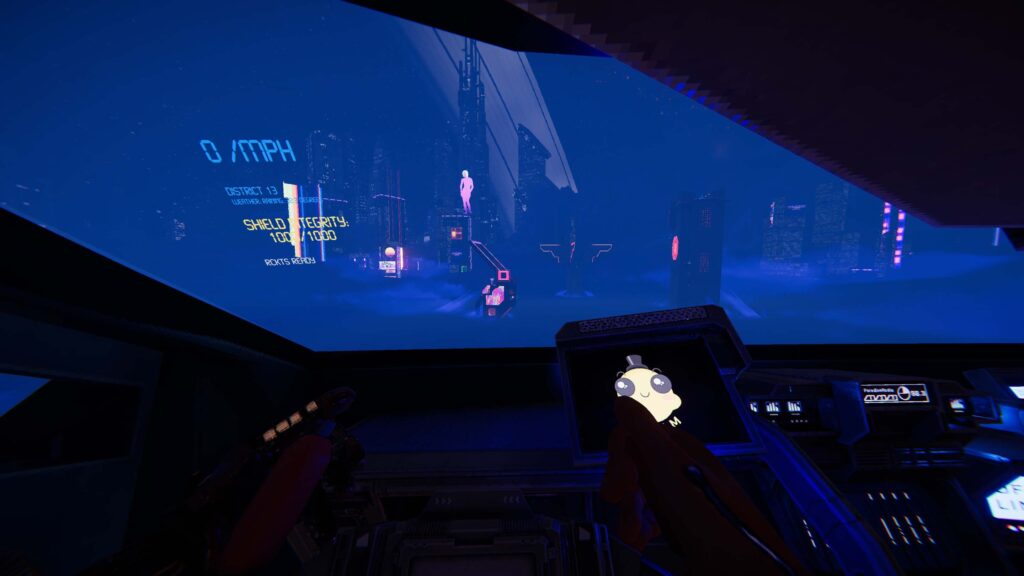
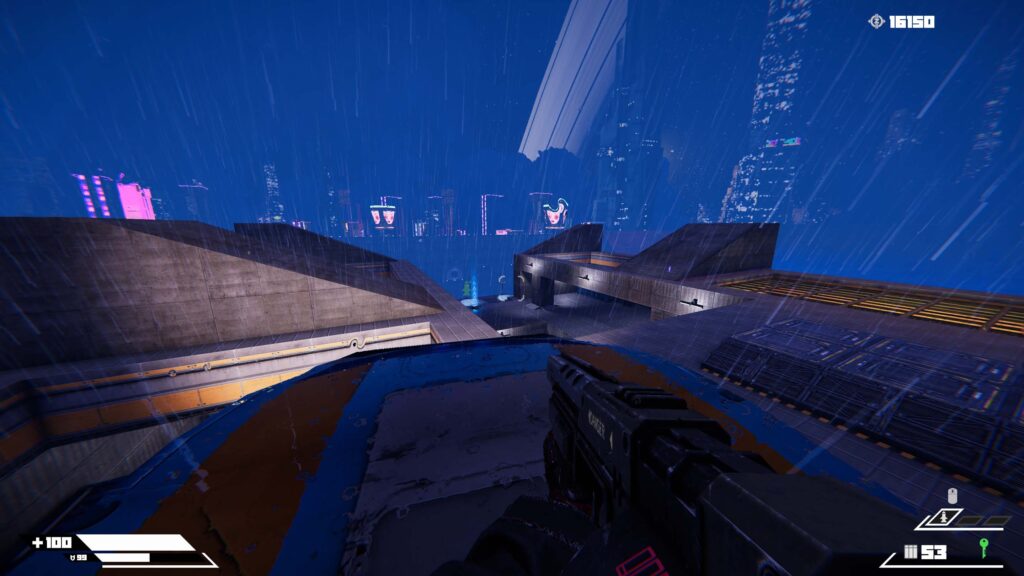
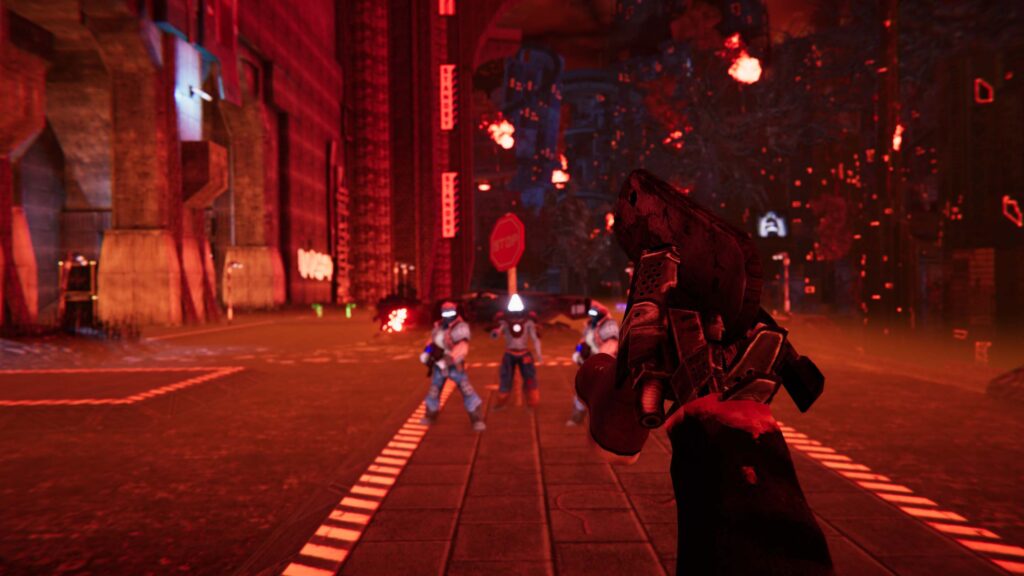
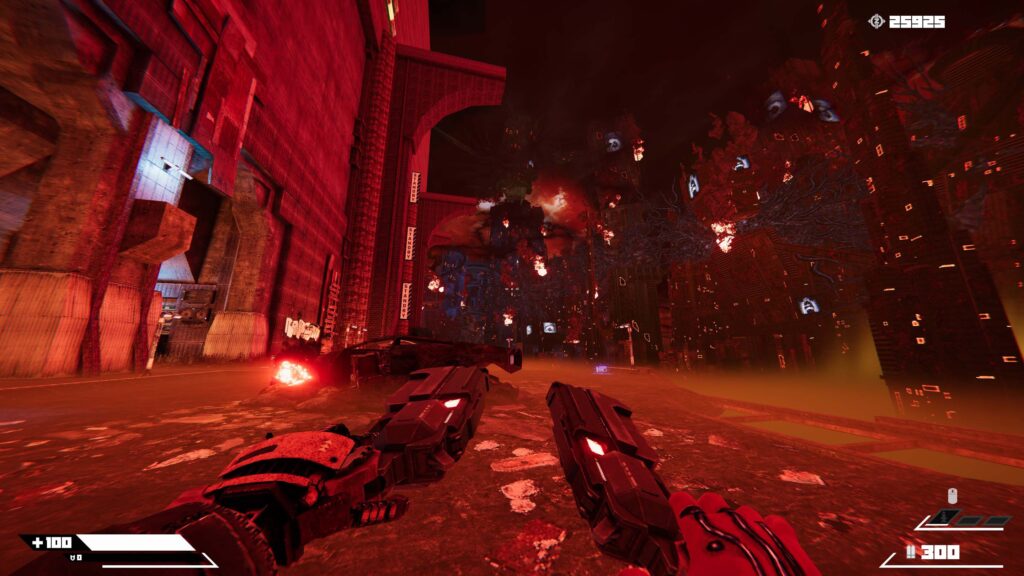
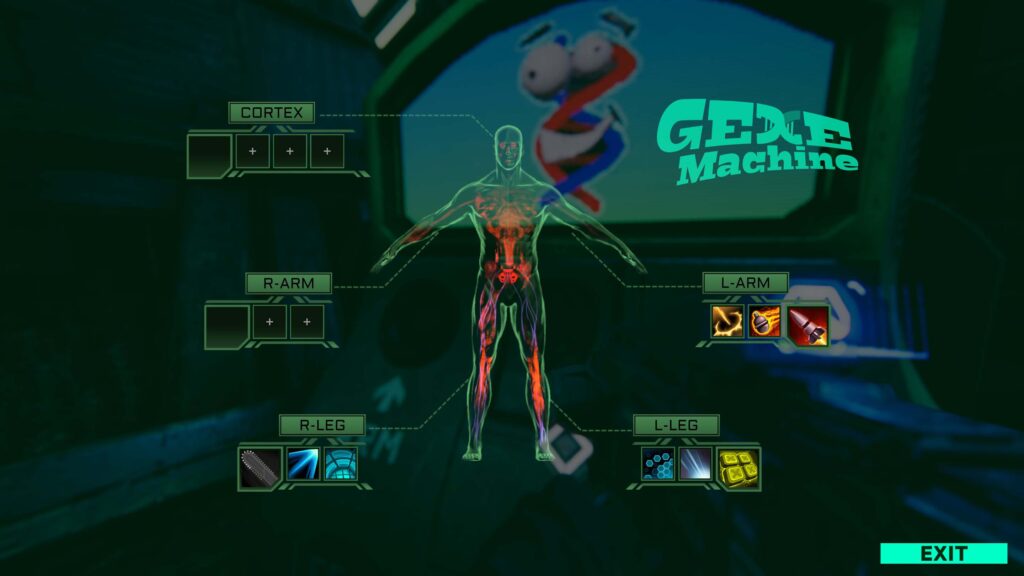
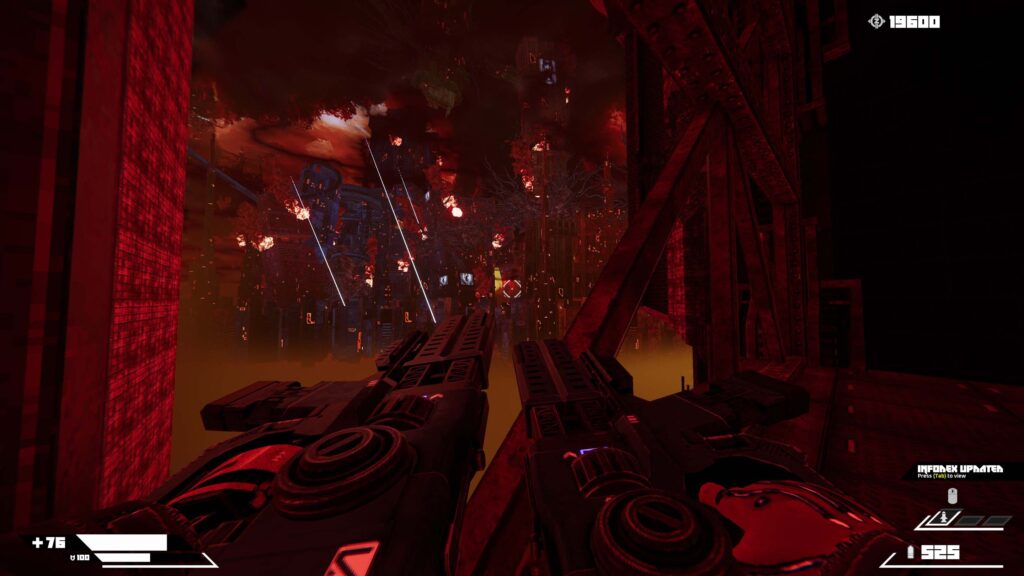

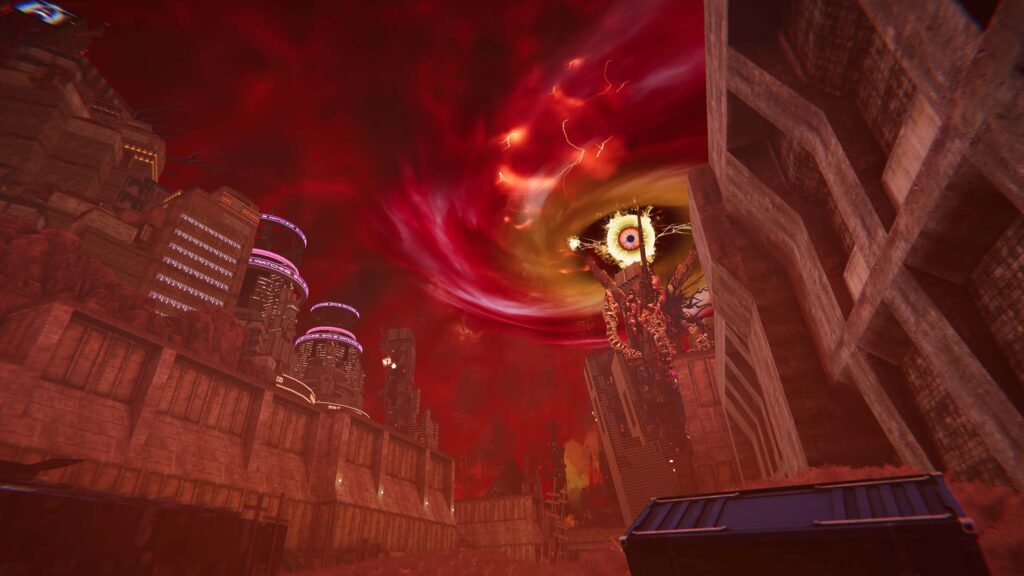
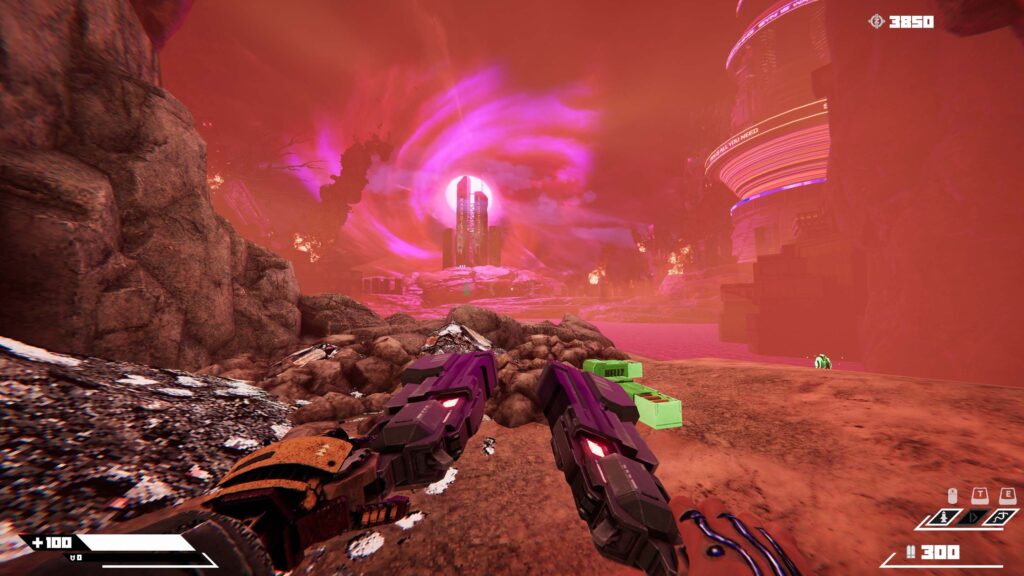

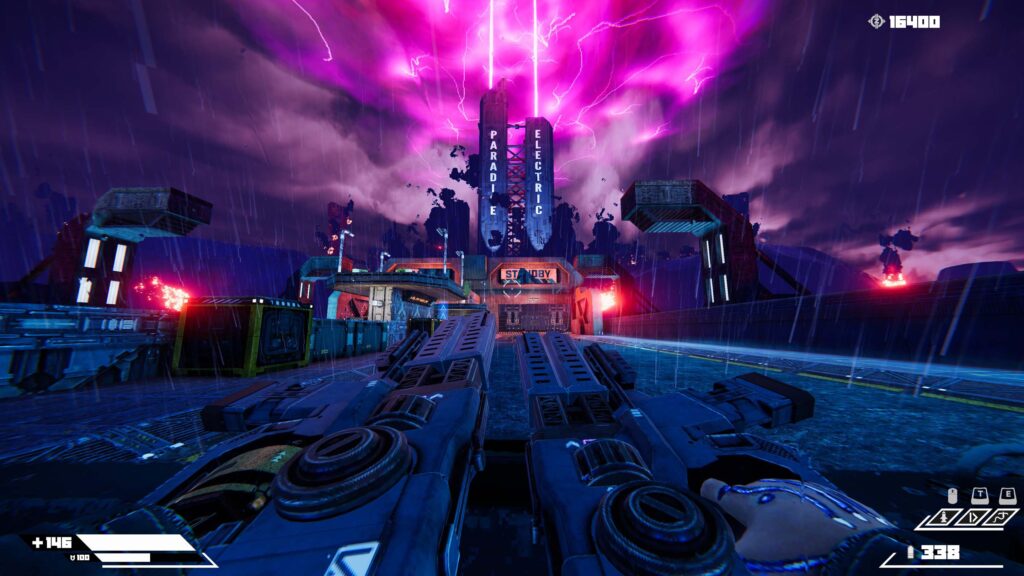























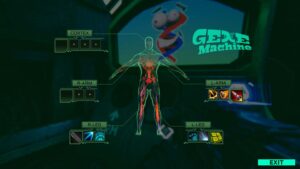






Related Articles





